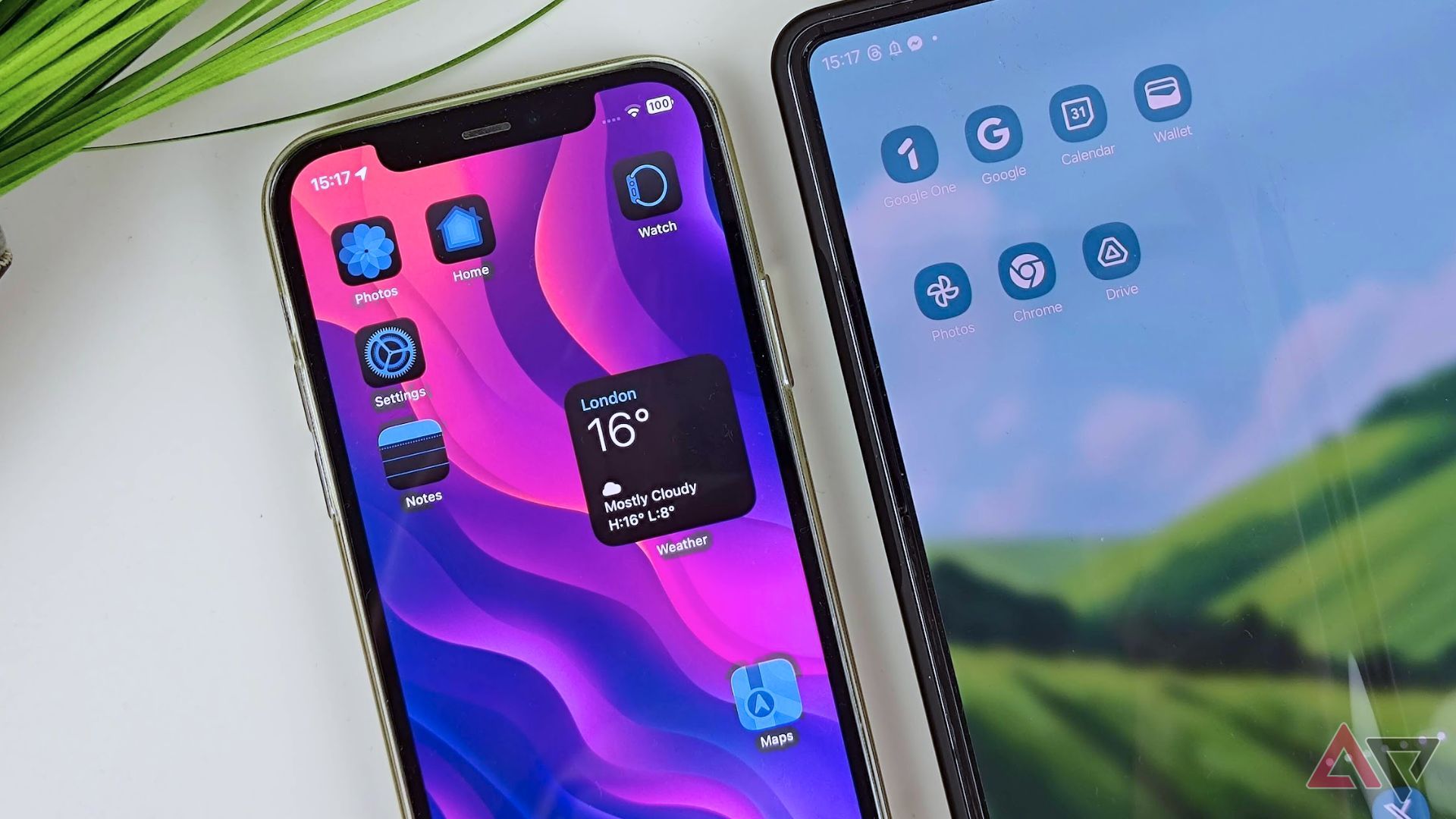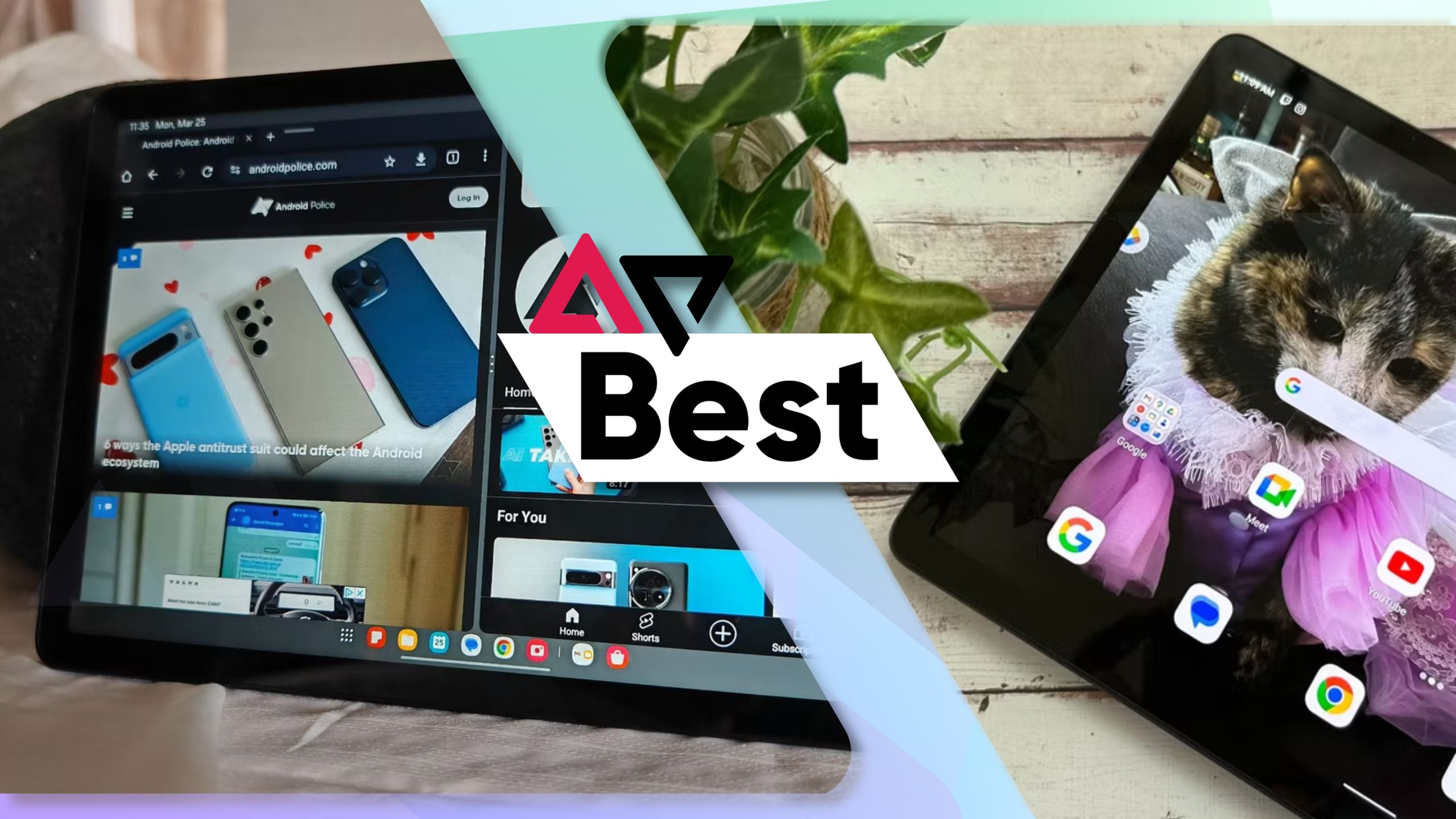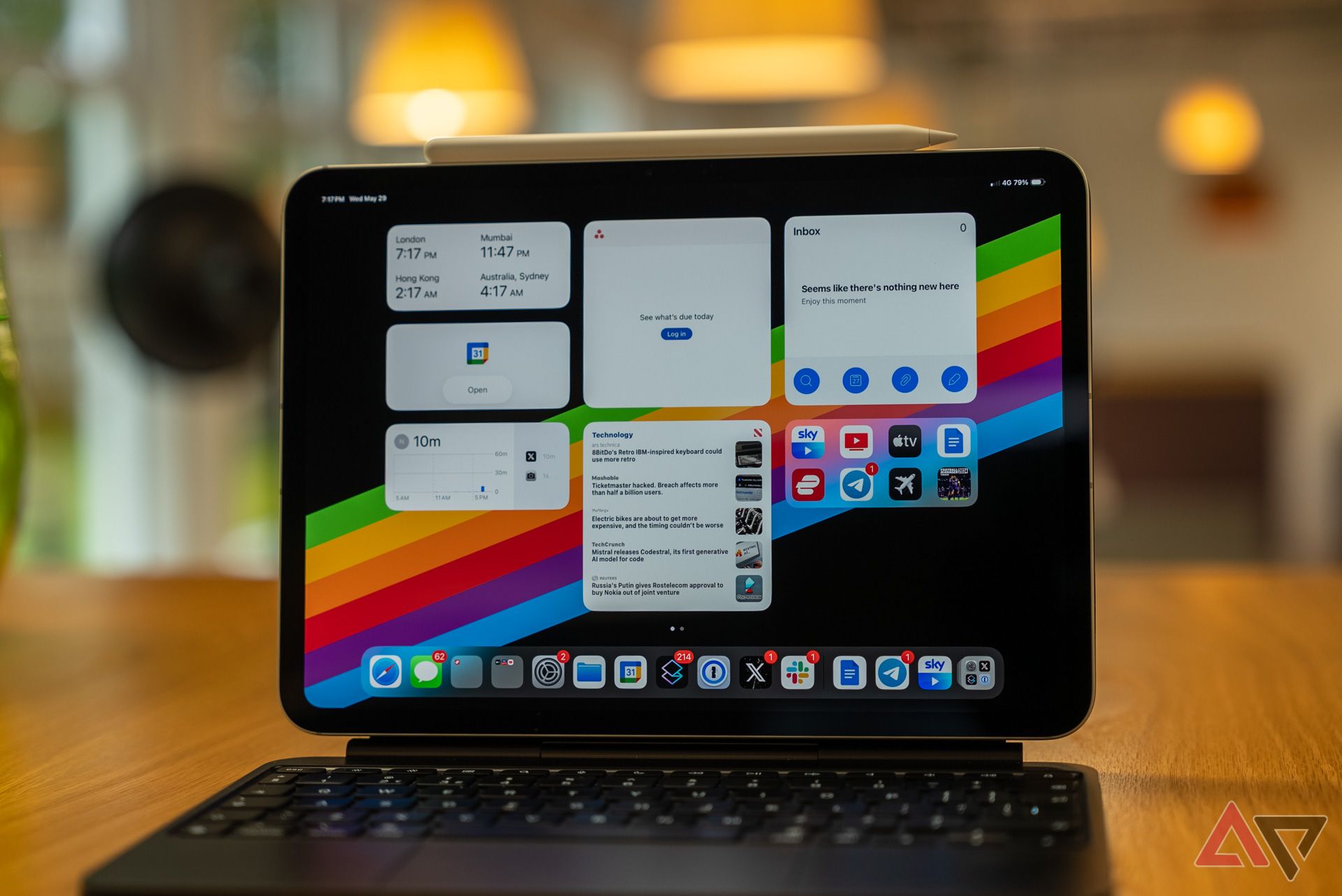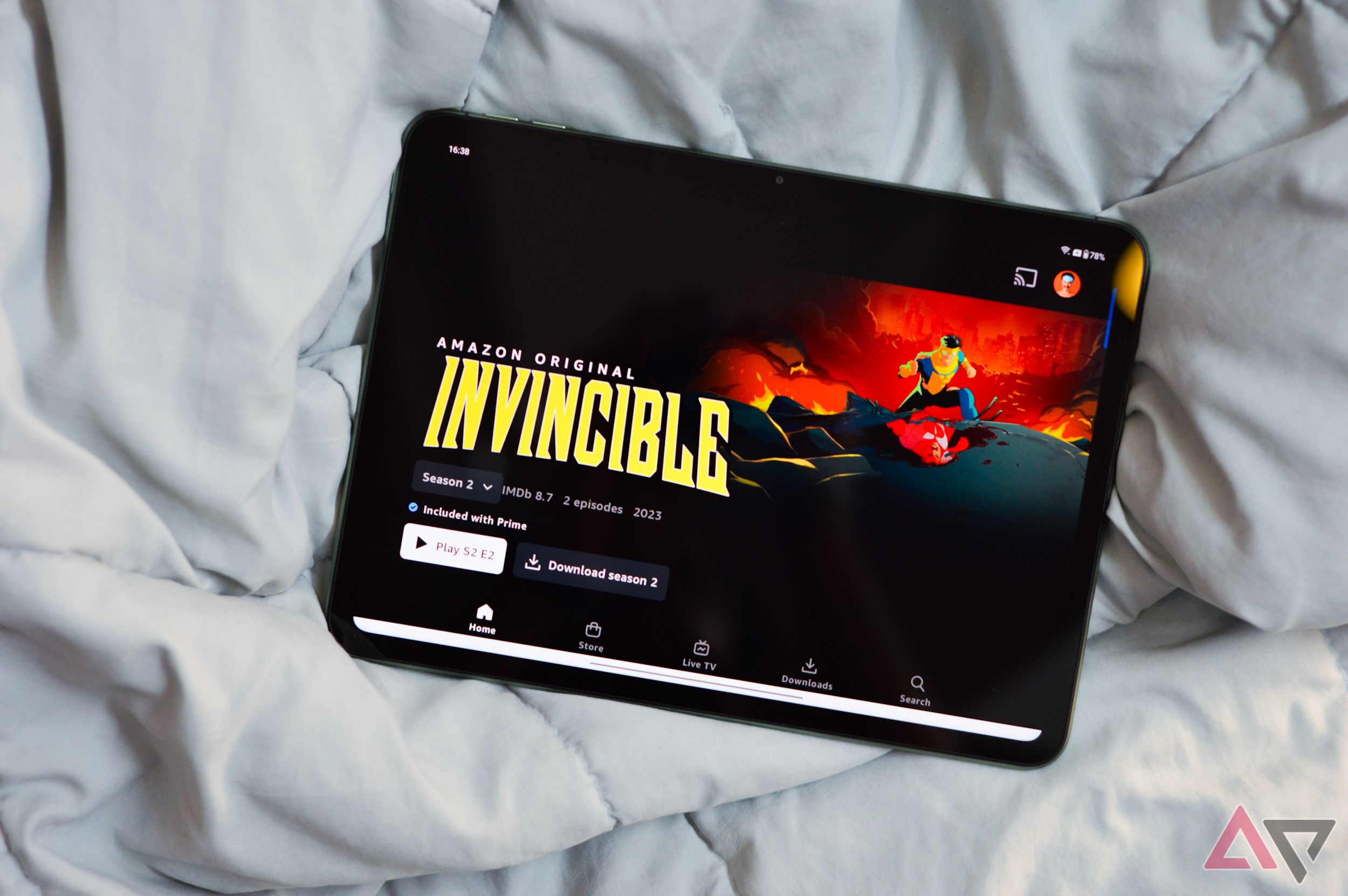Ask anyone on the street for a tablet recommendation, and they’ll almost instinctively suggest an iPad. It’s hard to be upset about that, even as an Android user. Practically since its debut, the iPad has been the default tablet choice, while their Google counterparts were often to inept to even deserve a mention.
But the tables have turned, and Android tablets are better than ever now. They’ve not only caught up with iPads, but they also beat Apple’s tablets in many ways that matter. The argument that iPads are generally better tablets than Android ones doesn’t hold water anymore.
What’s a tablet?
Apple should be asking this actually
Remember a few years ago when Apple asked in a delightful iPad ad: what’s a computer? While Apple may not have an answer to that question, it should instead start asking what it thinks a tablet is. Ever since it introduced its M-series chips to the iPad Pro and Air, we’ve asked how exactly one is supposed to make use of all that Mac-like power, a task that lives up to that Pro moniker. But we’ve got nothing meaningful to speak of so far, except for Final Cut Pro for iPad, which suits more of a fringe use case.
When the M4 iPad Pro came out ahead of WWDC, it felt like a strong indication that big changes were coming to iPadOS at Apple’s developer conference. We hoped iPadOS would finally shed its iOS legacy and get closer to the Mac. Some even wanted Apple to let them run macOS on the iPad Pro, which shouldn’t be impossible, but all we got was a fancy (albeit quite impressive) calculator app for the iPad.
It’s starting to become a cycle that we get overpowered iPad Pro and Air models, but only a few apps capable of adequately using the feature. Meanwhile, people are left expecting a more capable OS to go with the hardware, one that at least has “real” computer-like file management and whatnot. But nope, it’s the Apple way we have to live by.

Related
Everything Apple copied from Android at WWDC 2024
Welcome to the party, pal
The shrinking gap
Android tablets are just as good as iPads
iPads continue to have a massive advantage due to their exclusive apps that still haven’t been ported to Android, but barring that, there isn’t much that makes them decidedly better than Android tablets. And after some recent steps Google took to make Android more suitable for a tablet’s big screen, Android slates don’t look like blown-up phones anymore.
Pick the Galaxy Tab S9 or even the older Tab S8 series tablet from Samsung, and you’ll see how far Android tablets have come. These have always flaunted their OLED panels, which the iPad Pro just got, and we don’t need to remind you how good Samsung displays are. On top of that, Samsung bundles a pretty handy stylus with its tablets, saving you from having to spend more money.
However, what really makes Samsung tablets stand out is the DeX mode, which turns your tablet into a computer — something iPad users have desperately asked Apple for. Considering most advanced users will likely use their tablets for productivity instead of professional video editing, the Galaxy Tab series makes a solid case for itself.
Beyond that, Android also has another ace up its sleeve that Apple doesn’t: foldables. All major Android phone makers have at least one foldable phone, including Samsung and Google. If you open your foldable’s inner screen, it instantly turns into a small tablet, much like the iPad Mini, making it suitable for consuming media on-the-go and even taking notes with a stylus (the Galaxy Z Fold 5 can do that).
Moreover, many mainstream apps are optimized to make use of this bigger tablet-esque display, including Gmail, WhatsApp, and LinkedIn, so the general grievance that Android doesn’t have tablet-optimized apps is also a thing of the past.
When good enough isn’t a bad thing
Ask yourself, what do you typically do with a tablet?
For many of us, a tablet is mostly a large, portable screen used to watch movies or browse the web, so why even consider something like an M4 iPad Pro? I, too, fall in that very category — all I use my tablet for is watching shows and movies when I’m relaxing in bed — and my budget OnePlus Pad Go is more than good enough for that. It’s got a nice display and a set of quad speakers, making it a mean media machine.
While Samsung perhaps offers the best experience on the Android side, there are plenty of top-notch Android tablets with their own unique features. OnePlus’ tablets, for instance, sit really well in the OnePlus ecosystem and offer several connected features like notification sharing if you have a recent OnePlus phone.
Besides that, Amazon’s Fire tablets are a great budget option if you want to give your kids a tablet to play with. This wide variety of options to choose from still makes Android a more versatile operating system where you get to decide which feature combo you prefer instead of a single brand dictating that.
The differences between Android and iPadOS now have more to do with their distinct personalities and not their capabilities.
When 99% of people only use their tablets for media consumption or similar lightweight stuff, I don’t see why many dismiss Android tablets anymore. And not just regular apps, the software advances Android has made for tablets in the last year or two put it on par with iPads.
Sure, there are differences between the two platforms, but those now have more to do with their distinct personalities and not their capabilities. It’s time we stopped giving Android tablets a hard time and a bad rep, because they certainly don’t deserve it anymore.

Related
Best cheap Android tablets in 2024
Versatile, affordable Android tablets great for entertainment, work, and communication
Source link



